Contrary to popular belief, sriracha is not a spice — it's a hot sauce made from fermented chili peppers, garlic, vinegar, sugar, and salt. In this comprehensive guide, we'll clarify common misconceptions and explore the true nature of sriracha, from its history to expert usage tips.
Table of Contents
- What Exactly Is Sriracha?
- A Spicy Journey Through Time
- The Flavor Breakdown: What Makes It So Unique?
- How to Use Sriracha Like a Chef (or a Cool Friend)
- Buying Guide: Top Sriracha Brands Reviewed
- Is Sriracha Good for You?
- Want to Make Your Own? Here's How!
- The Hottest Sriracha Trends in 2025
- Frequently Asked Questions
- Final Thoughts
What Exactly Is Sriracha?
Sriracha is often mistakenly called a "spice," but it's actually a condiment — a hot sauce. Unlike dry spices, sriracha is a liquid sauce with a specific flavor profile. It's made from fermented red chili peppers, vinegar, garlic, sugar, and salt. The fermentation process develops its signature complexity, resulting in a balanced blend of heat, tang, and umami.
A Spicy Journey Through Time
The story of sriracha begins in the coastal Thai town of Si Racha. Originally made as a dipping sauce for seafood, the version we know today was popularized by David Tran, founder of Huy Fong Foods, in the 1980s. What started as a small batch creation in California turned into a global phenomenon. Today, sriracha is more than a condiment — it's a cultural icon.
The Flavor Breakdown: What Makes It So Unique?
Let's break down what makes sriracha special:
- Heat Level: Moderate (about 1,000–2,500 Scoville units)
- Texture: Smooth with slight graininess
- Main Ingredients: Chili peppers, vinegar, garlic, sugar, salt
- Flavor Notes: Garlicky, slightly sweet, acidic, umami-rich
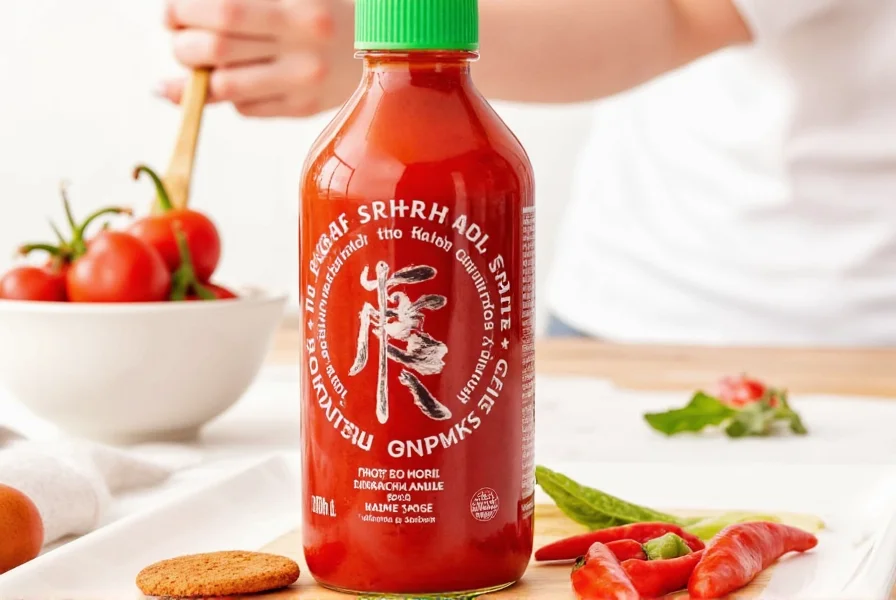
The fermentation process plays a big role in giving sriracha its signature complexity. It allows flavors to develop over time, resulting in a more rounded, less harsh taste compared to vinegar-heavy hot sauces.
How to Use Sriracha Like a Chef (or a Cool Friend)
Sriracha isn't just for drizzling on noodles anymore. Let's explore some creative and practical ways to use it in your everyday meals:
- Add to Marinades: Mix with soy sauce, lime juice, and sesame oil for a killer chicken or tofu marinade.
- Spice Up Breakfast: A few drops on scrambled eggs or avocado toast can elevate your morning routine.
- Create Signature Dips: Combine with mayo, sour cream, or Greek yogurt for a quick spicy dip for fries, nuggets, or veggies.
- Bake With It: Try adding a dash to pizza dough, cornbread, or savory muffins for a surprise kick.
- Glaze Meats: Brush onto grilled shrimp or pork during the last few minutes of cooking for a glossy, flavorful finish.
Buying Guide: Top Sriracha Brands Reviewed
| Brand | Heat Level | Flavor Profile | Best For | Price Range |
|---|---|---|---|---|
| Huy Fong Foods "Rooster" | Mild to Medium | Garlicky, Tangy, Balanced | Everyday use, cooking, condiment | $1-$3 |
| Tuong Ot Phuong Mai | Medium | Smother, Fruitier, Slightly Sweet | Pho, Vietnamese dishes, dipping | $1-$3 |
| Priya Thai Sriracha | Hotter | Less Garlic, More Heat | Those who prefer intense spice | $1-$3 |
| Cholula Sriracha Style | Medium-Low | Smoky, Mildly Spicy | Drizzling, cocktails, mild palates | $3-$5 |
| Truff Sriracha | Low-Medium | Luxury flavor with truffle infusion | Upscale dishes, gourmet burgers, gifting | $10-$15 |
Pro Tips When Buying Sriracha
- Check the ingredient list: Fewer ingredients usually mean better quality.
- Look at the color: Natural red without artificial dyes is a good sign.
- Consider the consistency: If you like a chunkier texture, look for options with visible pepper bits.
- Try before you commit: Sample different varieties to find your personal favorite.
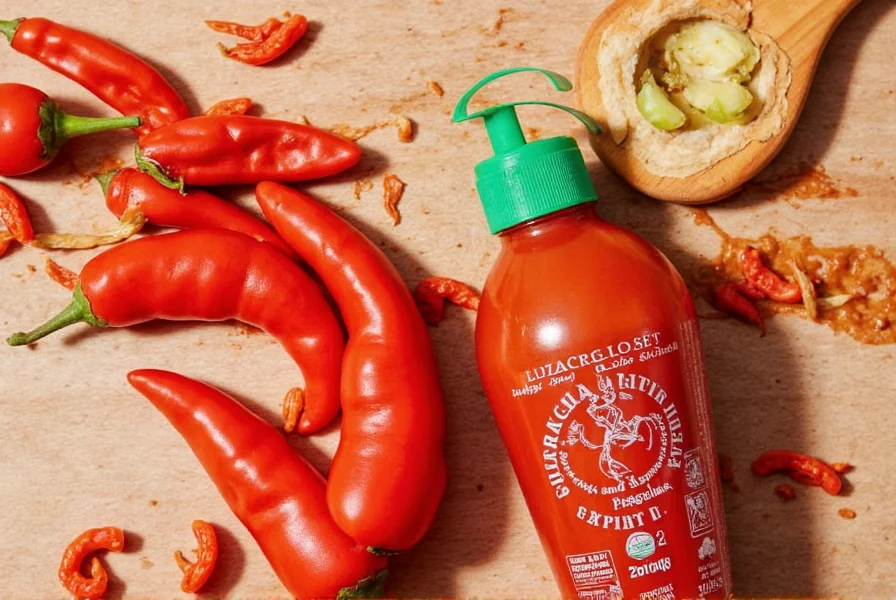
Is Sriracha Good for You?
While sriracha is primarily a condiment, it does offer some health considerations:
- Metabolism: Capsaicin, the compound in chili peppers, may temporarily increase metabolism in some studies, but the effect is modest and not a substitute for healthy habits.
- Antioxidants: Chili peppers contain antioxidants like vitamin C and A, but sriracha is used in small quantities, so it contributes minimally to daily nutrient intake.
- Digestion: Some people find that spicy foods stimulate saliva and digestive enzyme production, but it may cause discomfort for those with sensitive stomachs.
- Low Calorie: One teaspoon of sriracha contains about 5 calories, making it a low-calorie addition to meals.
As with any food, moderation is key. Excessive consumption may cause stomach discomfort or heartburn for sensitive individuals. Consult a healthcare professional for personalized dietary advice.
Want to Make Your Own? Here's How!
Creating homemade sriracha gives you full control over the ingredients and lets you customize the heat and flavor profile. Here's a simple recipe to get you started:
DIY Sriracha Recipe
- Ingredients:
- 1 lb red jalapeños or Thai chilies
- 2 cloves garlic
- 1 cup water
- 1 tbsp vinegar
- 1 tsp salt
- 1 tsp sugar (optional)
- Instructions:
- Wash and roughly chop the chilies.
- Blend with garlic, water, and salt until smooth.
- Ferment the mixture in a jar for 3–5 days at room temperature.
- Strain through a fine mesh sieve.
- Add vinegar and adjust sweetness with sugar if desired.
- Bottle and refrigerate for best shelf life.
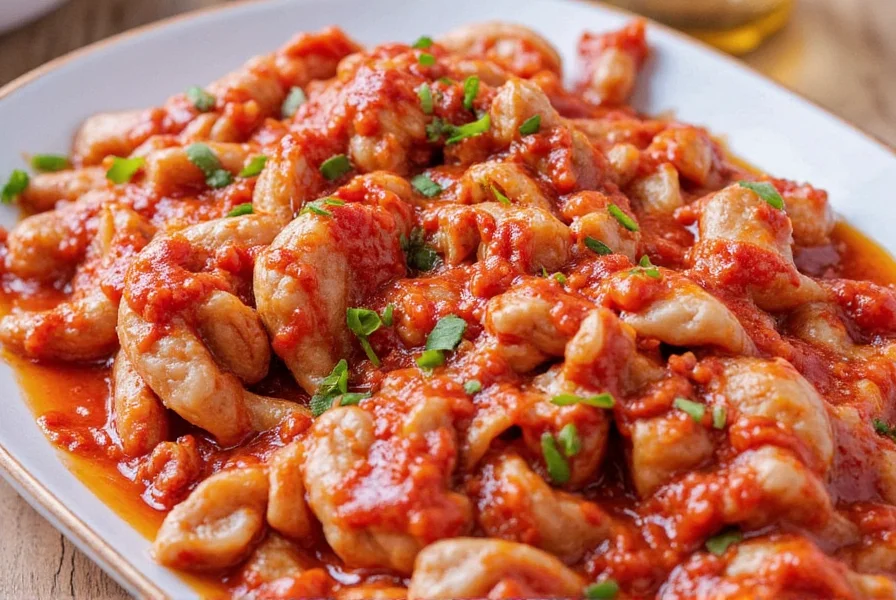
The Hottest Sriracha Trends in 2025
As with any food trend, sriracha continues to evolve. Here are a few exciting developments taking over in 2025:
- Plant-Based Sriracha: Vegan-friendly versions using alternative sweeteners like agave or coconut nectar.
- Organic & Non-GMO Options: Growing demand for clean-label products means more certified organic srirachas on shelves.
- International Twists: Regional variations popping up in Latin America, Europe, and beyond.
- Sriracha-Inspired Snacks: From sriracha-flavored nuts to protein bars and even ice cream, it's showing up everywhere.
- Gourmet Blends: Think truffle-infused, smoked paprika-spiked, or even aged balsamic editions.
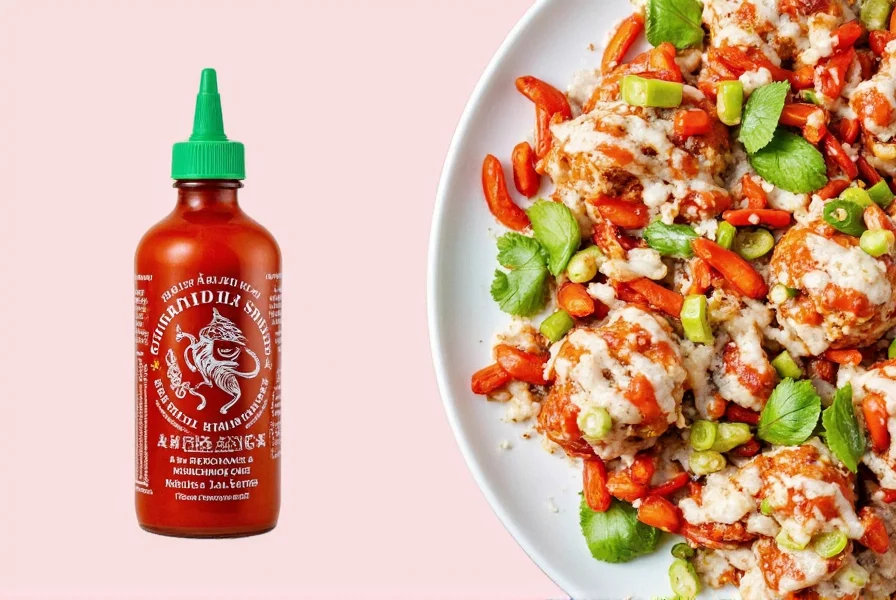
Frequently Asked Questions About Sriracha
Got questions about sriracha? We've got answers. Here are the most common queries from sriracha lovers like you:
Is sriracha a spice?
No, sriracha is not a spice — it's a hot sauce. While it contains chili peppers (which are spices when dried and ground), sriracha itself is a prepared condiment made from a blend of chilies, garlic, vinegar, sugar, and salt. The confusion likely comes from its intense flavor profile that "spices up" dishes.
What's the real difference between sriracha and regular hot sauce?
While all sriracha is hot sauce, not all hot sauce is sriracha! Traditional sriracha has a specific flavor profile: it's garlicky, slightly sweet, and has a thicker consistency than many vinegar-based hot sauces. The original Thai-style sriracha used for seafood dipping differs from the now-popular Huy Fong Foods version that's become a global phenomenon.
How long does sriracha last once I've opened it?
Thanks to its vinegar and salt content, sriracha has excellent shelf stability. An opened bottle can last 6-9 months in the refrigerator before noticeable flavor degradation occurs. You'll know it's gone bad if you see mold, smell something off, or notice significant separation that doesn't mix back together. The "rooster sauce" is remarkably resilient!
Can I reduce the spiciness of sriracha if I find it too hot?
Absolutely! Try these pro tips:
- Mix with dairy: Yogurt, sour cream, or mayo will tame the heat while adding creaminess
- Add sweetness: A touch of honey or sugar balances capsaicin's burn
- Dilute with vinegar: Counterintuitive but works—adds acidity while reducing heat concentration
- Blend with roasted red peppers: Creates a milder, more complex sauce
What are the 7 professional secrets to using sriracha like a master chef?
Here are insider techniques used by professional chefs:
- The 10-Minute Rest: Let dishes with sriracha sit for 10 minutes before serving—this allows flavors to meld perfectly
- Layering Technique: Add sriracha at multiple cooking stages for complex heat development
- The Swirl: For perfect presentation, swirl sriracha on top rather than dumping it randomly
- Temperature Matters: Add sriracha toward the end of cooking to preserve its bright flavor
- Salt Adjuster: When using sriracha in recipes, reduce added salt by 25% (it contains significant sodium)
- Citrus Companion: Always pair with lime or lemon—the acidity brightens sriracha's flavor profile
- The Freezer Trick: Keep a tube of sriracha in the freezer for easy portion control and extended freshness
Is traditional sriracha vegan-friendly?
Most commercial sriracha varieties, including the popular Huy Fong Foods "rooster sauce," are vegan. They typically contain only chilies, sugar, salt, garlic, and vinegar—no animal products. However, always check labels as some specialty varieties might include fish sauce or other non-vegan ingredients. The homemade version is naturally vegan if you use plant-based sweeteners.
Why does the Huy Fong sriracha bottle feature a rooster?
The rooster on the iconic Huy Fong bottle has cultural significance. Founder David Tran was born in the Year of the Rooster according to the Chinese zodiac. In Vietnamese culture, roosters symbolize dedication and hard work—qualities Tran wanted to represent with his product. The simple, distinctive logo has become one of the most recognizable food packaging designs worldwide.
Can sriracha work in sweet dishes or desserts?
Surprisingly, yes! Culinary innovators are discovering sriracha's sweet applications:
- Chocolate: A tiny amount enhances dark chocolate's complexity
- Fruit salads: A light sriracha-lime dressing brings out natural sweetness
- Spicy-sweet glazes: Combine with honey for baked goods
- Cocktails: Adds depth to margaritas and bloody marys
- Ice cream swirls: For the adventurous palate, try a sriracha caramel ripple
Final Thoughts
Sriracha isn't just a sauce — it's a flavor revolution. From street food stalls in Thailand to Michelin-starred kitchens in New York, sriracha has proven itself as a universal flavor booster. Whether you buy it off the shelf or whip up your own batch, it's a staple that deserves a permanent spot in your kitchen arsenal.
Now that you've unlocked the secrets behind sriracha, why not grab a bottle (or three) and start experimenting? Your taste buds — and maybe even your dinner guests — will thank you.

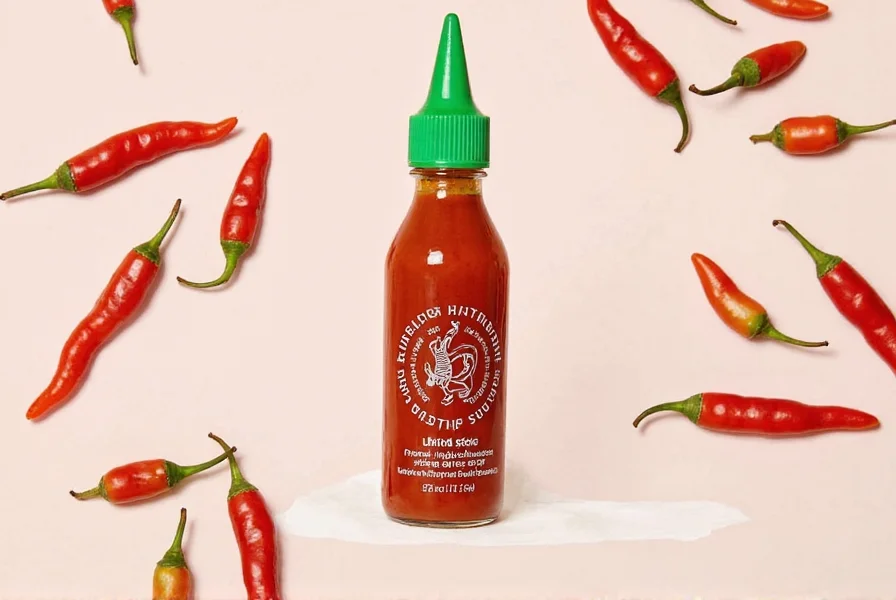









 浙公网安备
33010002000092号
浙公网安备
33010002000092号 浙B2-20120091-4
浙B2-20120091-4